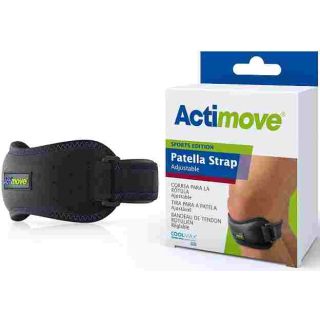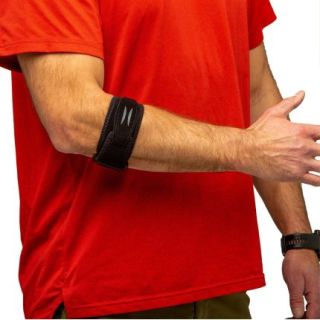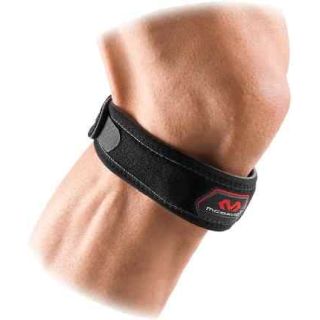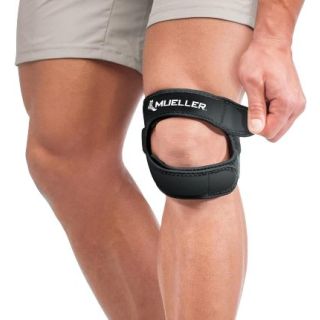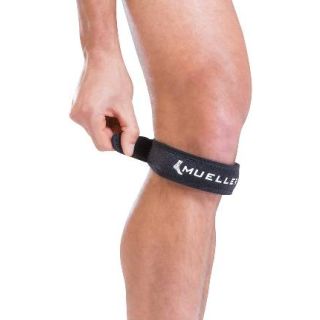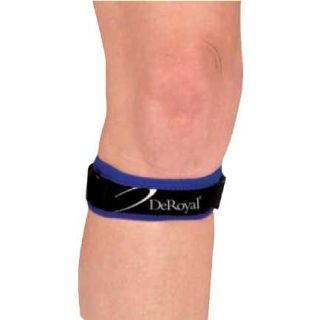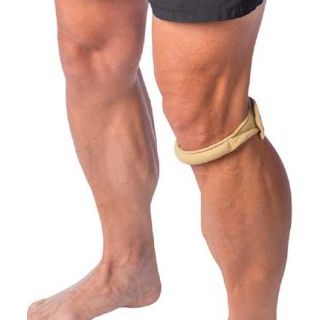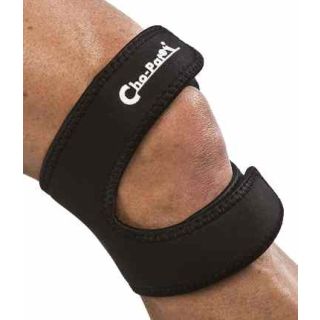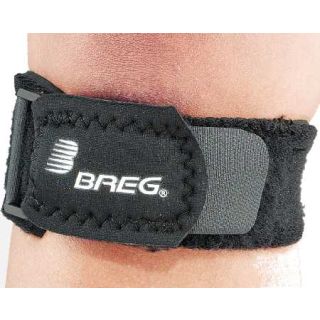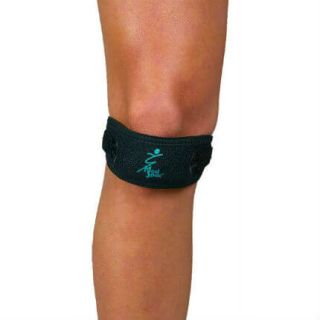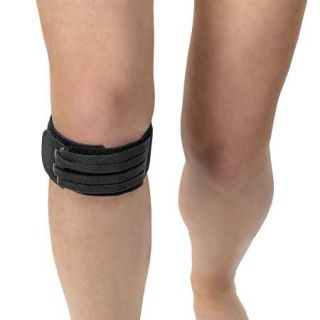Choose the Right Knee Straps and Bands for Patella Injuries
Patella injuries are a common issue among athletes, fitness enthusiasts, and individuals engaging in physical activities that involve repetitive knee movement. The patella, or kneecap, plays a crucial role in stabilizing the knee joint and supporting movement, making injuries to this area particularly problematic. Patella-related conditions such as patellar tendinitis, patellofemoral pain syndrome (runner’s knee), and chondromalacia patella can lead to pain, swelling, and decreased mobility.
In many cases, the use of knee straps or knee bands can help relieve pain, support healing, and provide stability. However, selecting the right knee strap or band is essential to achieving the best outcomes. This guide will lay out the different types of knee straps and bands available, the knee injury they are best suited for, and important factors to consider when choosing the right one for your patella injury.
Understanding Patella Injuries
Before discussing the specifics of knee straps and bands, it's important to understand the types of patella injuries that often lead individuals to seek additional support.
- Patellar Tendinitis (Jumper’s Knee): This condition occurs when the tendon that connects the kneecap to the shinbone becomes inflamed due to overuse or repetitive stress. Athletes involved in jumping sports such as basketball or volleyball are particularly susceptible. Symptoms include pain and tenderness around the kneecap.
- Patellofemoral Pain Syndrome (Runner’s Knee): Often caused by overuse or misalignment of the kneecap, this syndrome leads to pain around the front of the knee. It is common in runners and cyclists, and activities that involve kneeling or squatting can exacerbate symptoms.
- Chondromalacia Patella: This condition involves the softening and breakdown of the cartilage underneath the kneecap, which leads to grinding or rubbing sensations. It can be caused by injury, overuse, or improper tracking of the kneecap.
- Patellar Subluxation or Dislocation: When the kneecap moves out of its normal position, either partially (subluxation) or fully (dislocation), it can cause intense pain and instability.
Given the variety of patella injuries, the choice of knee straps and bands must be tailored to the specific condition being treated. Not all knee straps are created equal, and selecting the right one is critical to achieving pain relief.
Types of Knee Straps and Bands
There are several different types of knee straps and bands, each designed to address specific knee issues. Understanding these options will help you choose the most appropriate support for your condition.
- Patellar Tendon Straps (Jumper’s Knee Straps):
Function: Patellar tendon straps are designed to provide targeted pressure on the patellar tendon, reducing strain on the tendon and alleviating pain caused by overuse injuries such as patellar tendinitis. By applying pressure directly below the kneecap, these support straps help distribute force more evenly across the tendon, reducing tension during movement.
Best For: Patellar tendinitis, Osgood-Schlatter disease, and jumper’s knee.
Considerations: These straps are typically slim and easy to wear during physical activity. Look for a strap that offers adjustable tension to customize the level of support.
- Patella Stabilizing Braces:
Function: These braces provide a more comprehensive approach to knee support by stabilizing the kneecap and preventing lateral movement. They are designed to prevent patellar subluxation or dislocation and are often used by individuals with unstable kneecaps.
Best For: Patellar subluxation, patellofemoral pain syndrome, and chondromalacia patella.
Considerations: Stabilizing braces often include a circular buttress around the kneecap that keeps it in place. When choosing a stabilizing brace, look for a model that offers adjustable velcro straps (hook and loop) and a snug fit without restricting circulation.
- Open Patella Knee Braces:
Function: These braces have a hole at the front, allowing the patella to stay centered while the rest of the knee receives support. The design helps alleviate pressure on the kneecap and promotes better tracking of the patella during movement.
Best For: Patellofemoral pain syndrome and chondromalacia patella.
Considerations: Open patella knee braces are ideal for those who need moderate support but don’t want the restrictive feel of a full knee brace. They offer a balance of stabilization and flexibility, which makes them a good choice for athletes.
- Compression Knee Sleeves:
Function: Compression sleeves provide general support to the knee by applying even pressure across the joint. While not as targeted as patellar tendon straps or stabilizing braces, compression sleeves can reduce inflammation and improve blood flow around the knee.
Best For: Mild patellar tendinitis, early stages of runner’s knee, and general knee discomfort.
Considerations: Compression sleeves are lightweight and easy to wear under clothing. When selecting a sleeve, ensure that the material is breathable and moisture-wicking to prevent discomfort during extended wear. Gel padding inserts around the knee cap are also helpful.
Factors to Consider When Choosing Knee Straps and Bands
Type of Injury: The most important factor in choosing the right knee strap or band is the type of injury you are dealing with. For example, if you have patellar tendinitis, a patellar tendon strap that applies targeted pressure below the kneecap will likely be the most effective. If your kneecap is prone to dislocation, a patella stabilizing brace may be necessary to keep the patella in place.
Level of Support: The level of support you need will depend on the severity of your injury and the activities you engage in. Mild injuries may only require light support, such as a compression sleeve, while more severe conditions like patellar subluxation may need a stabilizing brace with reinforced side panels.
Comfort and Fit: Comfort is key when it comes to wearing knee straps or braces for extended periods. Look for adjustable straps that allow you to customize the fit and pressure. Materials should be breathable, lightweight, and moisture-wicking to prevent chafing and overheating, especially if you plan to wear the support during exercise.
Activity Level: If you are an athlete or someone who engages in regular physical activity, you will need a knee strap or band that provides adequate support without restricting movement. Patellar tendon straps and compression sleeves are often ideal for active individuals because they offer support while allowing for a full range of motion.
Durability and Maintenance: Knee straps and braces need to withstand wear and tear, especially if you plan to use them during exercise or sports. Look for products made from durable, high-quality materials that are easy to clean. Neoprene is a popular material for knee braces because of its durability and flexibility, but be sure to follow the manufacturer’s care instructions to maintain the product’s integrity.
Cost: While it’s important to invest in a high-quality knee strap or brace, you don’t need to break the bank to find effective support. Many affordable options offer great features such as adjustable tension, breathable materials, and targeted support. Be sure to compare different products and read reviews to ensure you’re getting q good value for your money.
Choosing the right knee strap or band for patella injuries is essential for managing pain, promoting healing, and preventing further injury. Whether you’re dealing with patellar tendinitis, patellofemoral pain syndrome, or another patella-related condition, there is a support option that can help. By considering factors such as the type of injury, level of support, comfort, and durability, you can select a knee strap or band that meets your specific needs and helps you get back to your normal activities with less pain and more stability.
Remember that while knee straps and bands can be effective tools for managing patella injuries, they are not a substitute for proper medical care. Always consult with a healthcare professional to determine the best course of treatment for your specific condition. Or, use our product customer reviews to help choose the right knee brace for your needs.
 Details$27.99 $20.79
Details$27.99 $20.79 Details$32.99 $24.49
Details$32.99 $24.49 Details$34.99 $23.99
Details$34.99 $23.99 Details$18.99 $14.99
Details$18.99 $14.99 Details$31.99 $22.99
Details$31.99 $22.99
 Details$31.99 $22.99
Details$31.99 $22.99 Details$17.99 $17.99
Details$17.99 $17.99 Details$29.99 $29.99
Details$29.99 $29.99 Details$25.99 $11.99
Details$25.99 $11.99 Details$29.99 $21.49
Details$29.99 $21.49 Details$31.99 $27.99
Details$31.99 $27.99
